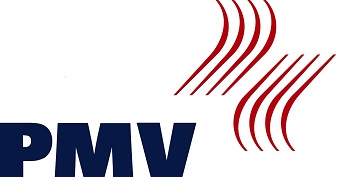Supercritical CO2
Supercritical CO2 (scCO2) is characterized by good solution and transport properties, which can be changed by varying pressure and temperature in the supercritical state. For this, the critical point of 74 bar and 31 °C must be exceeded. In this state, scCO2 combines the advantages of liquid and gaseous CO2 phases – high density, low dynamic viscosity and a high diffusion coefficient. The advantages of scCO2 extraction have already been recognized in other industrial sectors where, for example, tea and coffee are decaffeinated and hops, spices and oils are gently extracted.
HPE lab500 extraction plant at PMV
All extraction experiments are carried out at the PMV-owned high pressure extraction plant HPE lab500. The extractor has a capacity of 0.5 litres and is designed for a pressure of up to 500 bar and a temperature of 120 °C. The extraction unit is equipped with a high pressure extraction system. Since the plant was modified by CO2 recirculation at the end of 2014, it has been possible to recycle the CO2 after extraction and circulate it.
Extraction of contaminants from waste paper (AiF 17756 N)
Contaminants such as mineral oils, pentachlorophenol or primarily aromatic amines are introduced into the waste paper cycle from various sources. They may, for example, have the ability to migrate from packaging paper into food. Since some of these contaminants are harmful to health and others are suspected of being toxic, they should be removed from the waste paper cycle. So far, however, no economically feasible way has been found to completely remove these substances from waste paper. Extraction with supercritical CO2 could be a suitable option here.
It can be shown that mineral oils and primarily aromatic amines can already be extracted from waste paper under very moderate conditions of 100 bar and 40 °C – for scCO2 extraction. By varying pressure, temperature and the amount of CO2 used, substances such as pentachlorophenol can also be extracted from waste paper.
Drying of fibrous materials
Drying of fibrous materials with scCO2 extraction is generally possible. Depending on the extraction conditions, pressure and temperature, the drying efficiency can be influenced. Due to the polarity of the water to be removed, however, the absorption of the water in the CO2 is limited – and thus the drying of the fibres is only possible with a relatively high CO2 input.


